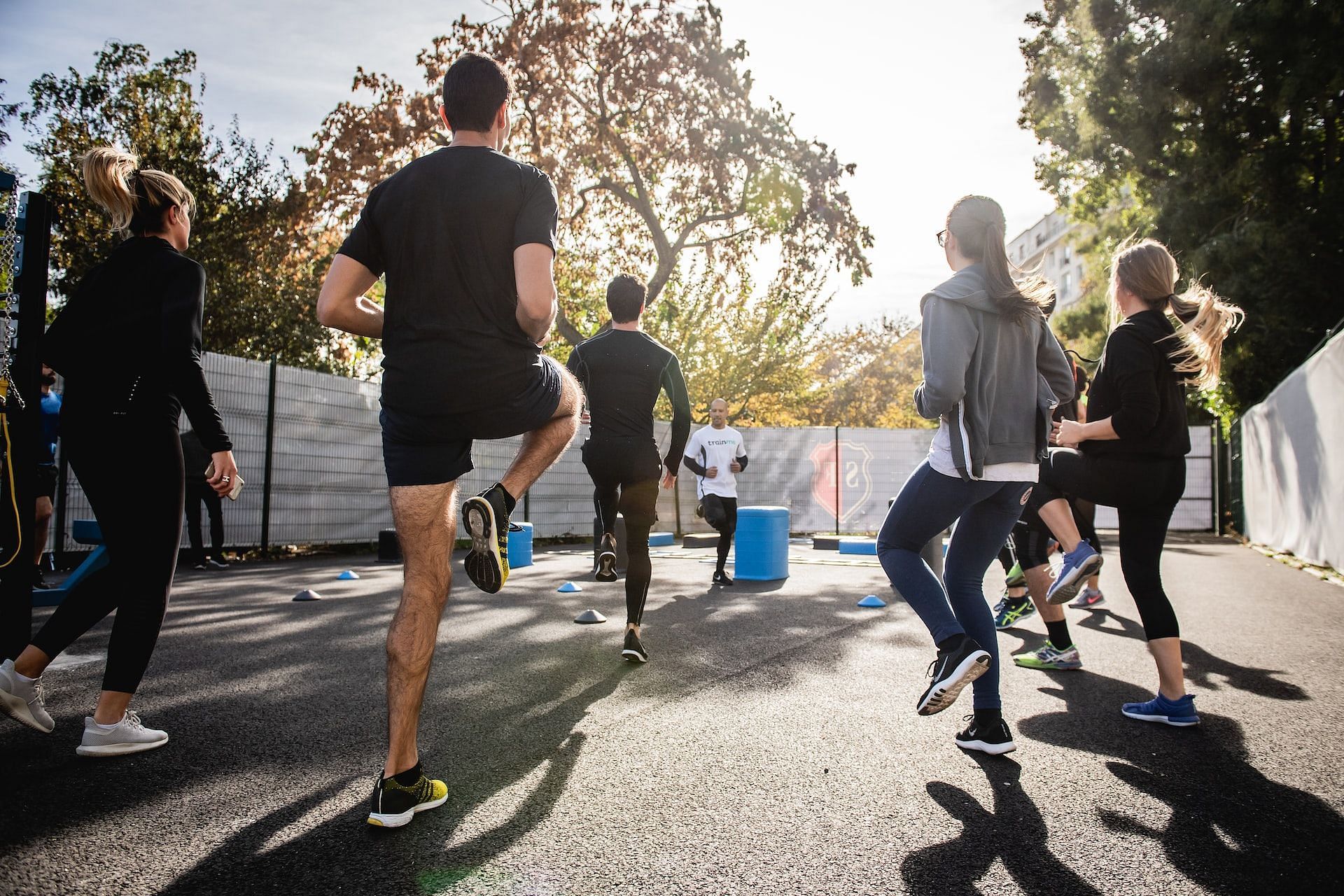
Physical activity plays a very important role in physical and mental well-being. Regularly engaging in any form of exercise, whether it’s cardio or strength training, is one of the best things you can do for your health.
A new study has found that an extra 20 minutes of daily exercise can prevent hospitalization for a variety of serious health conditions. Read on to find out all about the new study.
What is the new study on physical activity about?
Published in JAMA Network Open, the study used data from 81,717 UK Biobank participants aged between 42 and 78 years.
In the study, participants wore an accelerometer for one week and the researchers followed them for a total of seven years. Participants’ sedentary activities, light to vigorous physical activities, and sleep were recorded using portable cameras and diaries.
After assessing the participants’ activity levels, the researchers used a statistical model to substitute a total of 20 minutes of moderate to vigorous physical activity for sedentary activity.
Results showed that participants who were more physically active had a lower risk of hospitalization for nine health conditions. These include urinary tract infections, gallbladder disease, diabetes (type 1 and type 2), pneumonia, venous thromboembolism, iron deficiency anemia, ischemic stroke, colon polyps, and diverticular disease.
Overall, these results suggest that increasing your daily exercise routine by just 20 minutes a day may reduce the risk of hospitalization for many medical conditions.
How can you increase your daily exercise routine?
This particular study considers walking to be a moderate to vigorous exercise. So for starters, you can simply opt for 15-20 minutes of walking every day. Medical experts recommend taking a minimum of 5,000 steps per day and a maximum of 8,000 steps or more per day.
If you are a beginner, you can start with ten minutes of walking a day for at least three times a week and gradually increase the intensity, time and days. You can also track your steps with a fitness tracker on your mobile phone or watch to help motivate you to be more active.
In addition to walking, you can always do cardio, strength training, swimming, cycling, or any other physical exercise you like.
Just keep in mind that higher levels of any type of physical activity, whether it’s walking, running, biking, cardio, etc., are linked to long-term physical and mental health benefits and lower chances of hospitalizations for many medical conditions.

